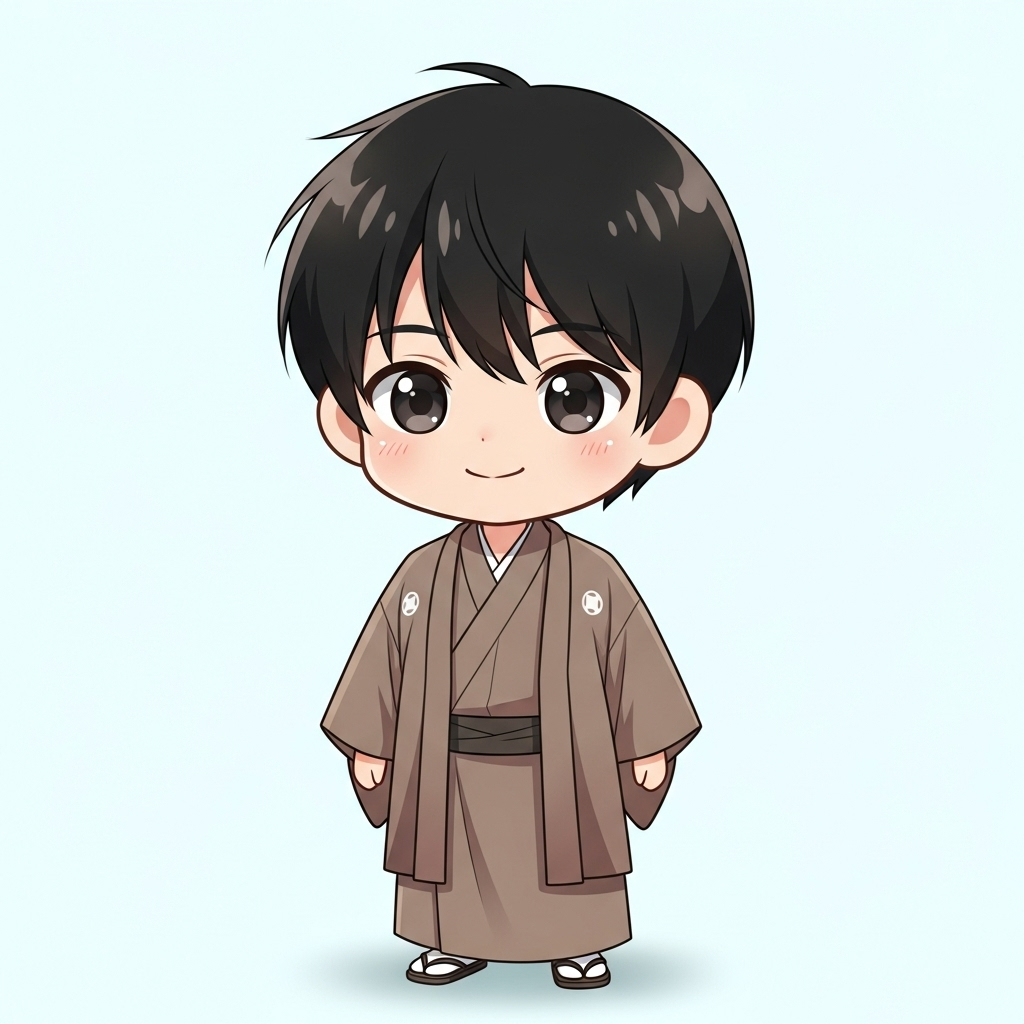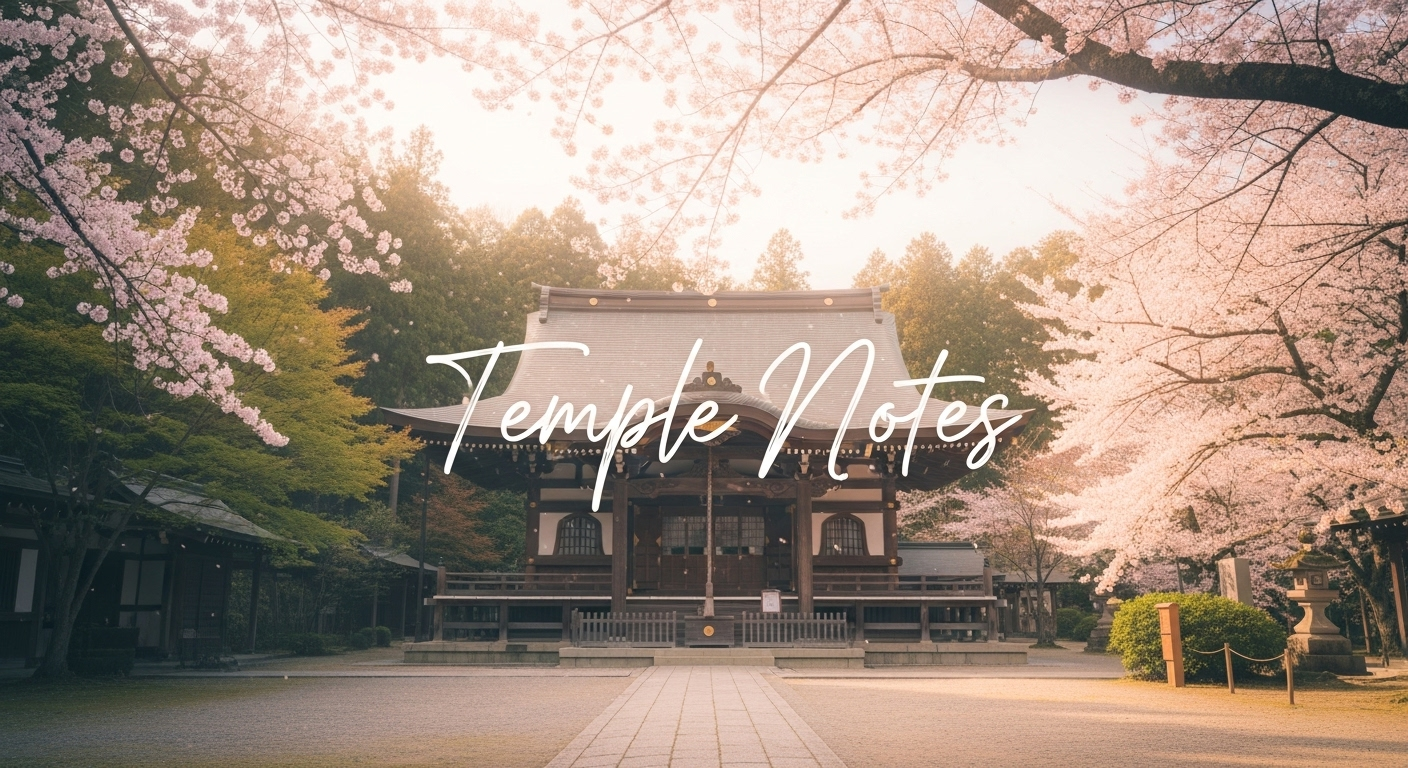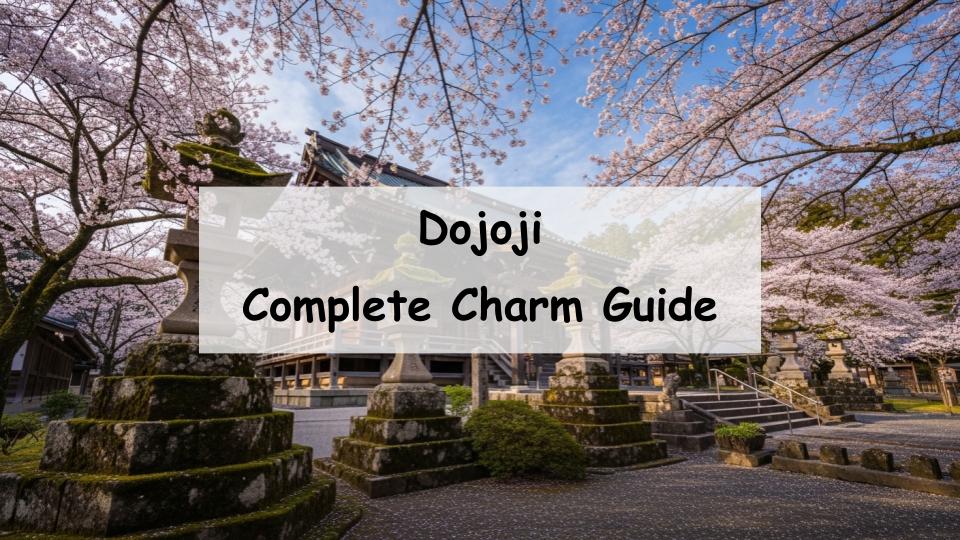Located in Hidaka Town, Wakayama Prefecture, Dōjō-ji Temple is an ancient Buddhist temple famous for the tragic Anchin and Kiyohime legend. Many visitors are drawn to this historic site and its deep cultural atmosphere.
If you’ve ever wondered, “What makes Dōjō-ji so special?”, “What is the story behind its legend?”, or “How can I visit it easily?”, this article is for you.
In short, Dōjō-ji is a captivating temple that unites history, culture, and art. With its legendary exhibits, national treasures, and stunning seasonal scenery, every visit offers something new to discover.
In this article, you’ll learn about:
- The history and legend of Dōjō-ji
- The temple’s unique features and must-see spots
- Access information and visiting tips
By the end, you’ll understand why Dōjō-ji is one of Japan’s most fascinating temples — and perhaps feel inspired to visit it yourself.
What Is Dōjō-ji? History and the Legendary Tale
Origins and Foundation of Dōjō-ji
Dōjō-ji is said to have been founded in the late Nara period. According to tradition, the great Buddhist monk Gyōki was involved in its early establishment. Over the centuries, the temple has endured fires and reconstructions, yet it continues to serve as a center of regional faith and devotion.
The Anchin and Kiyohime Legend – One of Japan’s Great Tales
The temple is most famous for the Anchin and Kiyohime legend. The story tells of a monk named Anchin who, pursued by a woman named Kiyohime after breaking his promise, took refuge inside a great bell at Dōjō-ji. Consumed by rage and sorrow, Kiyohime transformed into a serpent and burned him alive within the bell. This dramatic tale became the inspiration for many Noh and Kabuki performances, immortalizing Dōjō-ji in Japanese culture.
Why Dōjō-ji Is Loved by Many
Beyond the legend, Dōjō-ji remains a beloved place of worship and cultural heritage. Its serene atmosphere, historic buildings, and artistic treasures make it a destination where visitors can feel both the weight of history and the depth of Japanese spirituality.
Highlights and Attractions of Dōjō-ji
National Treasures and Important Cultural Properties
Dōjō-ji houses several National Treasures and Important Cultural Properties, including the temple’s principal statue, the Thousand-Armed Kannon (Senju Kannon), crafted during the Heian period. The delicate craftsmanship and gentle expression of the statue leave a lasting impression on all who see it.
Seasonal Beauty Around the Temple Grounds
The temple is a scenic delight year-round. In spring, cherry blossoms bloom; in summer, lush greenery surrounds the temple; in autumn, vibrant maple leaves color the grounds; and in winter, the snow adds a quiet, mystical charm. Each season reveals a different face of Dōjō-ji.
The Dōjō-ji Engi Emaki and the Bell Exhibition
Inside the temple, visitors can explore displays related to the Dōjō-ji Engi Emaki (Legendary Picture Scrolls) and the temple bell, both depicting the famous legend. These visual representations help visitors experience the story more vividly.
The Dōjō-ji Treasure Hall
The Treasure Hall exhibits priceless artifacts, including statues, scrolls, and paintings that have been preserved for centuries. It offers a quiet space for reflection and deeper appreciation of Japanese Buddhist art.
The Art of “E-toki” (Picture Storytelling)
One of the temple’s most unique experiences is the E-toki performance, where monks narrate the legend using illustrated scrolls. This traditional storytelling brings the ancient tale to life in a captivating and emotional way.
Nearby Attractions and Local Cuisine
Places to Visit Around Dōjō-ji
The area around Dōjō-ji is rich with cultural and natural attractions, including parts of the Kumano Kodo pilgrimage route and the scenic Hidaka River. These destinations allow travelers to experience the beauty of Wakayama’s countryside and history.
Local Food and Souvenirs
Visitors can enjoy local specialties such as whitebait rice bowls (shirasu-don) and plum-based dishes, which are regional favorites. Souvenirs inspired by the Kiyohime legend, including sweets and crafts, make for meaningful keepsakes.
Access and Visitor Information
Getting to Dōjō-ji
The nearest station is JR Dōjō-ji Station on the Kisei Main Line, about a 10-minute walk from the temple. By car, take the Hanwa Expressway and exit at Gobo IC, then drive approximately 15 minutes to reach the site.
Parking and Access Tips
Dōjō-ji offers a dedicated parking area for visitors. However, during weekends or special events, it can get crowded, so arriving early is recommended.
Hours, Admission, and Best Times to Visit
The temple is generally open from 8:00 a.m. to 5:00 p.m., though hours may vary by season. Morning visits are ideal for those seeking a quieter atmosphere.
How to Make the Most of Your Visit
Annual Events and Festivals
Throughout the year, Dōjō-ji hosts many events such as the Spring Flower Festival and Cultural Exhibitions. The E-toki Ritual, in particular, attracts many visitors eager to experience the temple’s storytelling tradition firsthand.
Photography Tips
The temple’s main hall and bell tower make for stunning backdrops, especially during cherry blossom season or autumn foliage. Early morning light is perfect for capturing the peaceful atmosphere of the grounds.
Visitor Etiquette
Visitors are encouraged to move quietly within the temple, refrain from touching artifacts, and follow proper manners when praying or taking photos. Respecting these customs ensures a more meaningful and mindful experience.
Conclusion: A Temple Where History and Legend Live On
Summary and Best Time to Visit
Dōjō-ji is a rare place where legend, history, and natural beauty coexist harmoniously. Spring and autumn are the most pleasant seasons to visit, offering ideal weather and stunning scenery.
Advice for First-Time Visitors
For a complete experience, take time to explore the Treasure Hall and attend an E-toki performance. Walking through the temple grounds while recalling the ancient legend allows you to connect deeply with Japan’s spiritual heritage.
A Message from the Guide

In the Treasure Hall, many Buddhist statues are on display, and photography is allowed.







Comment